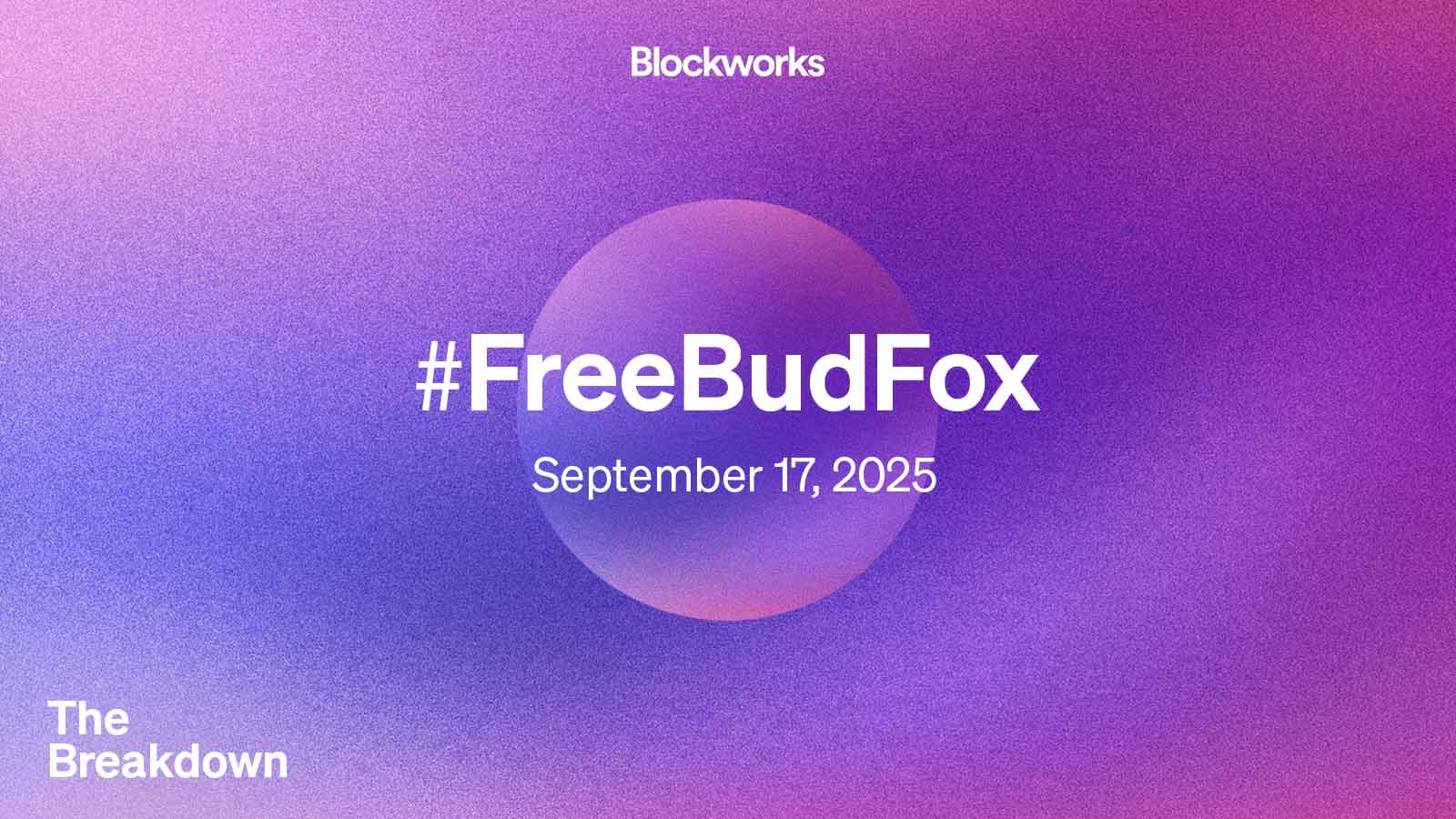Ethereum Taps $4,000 As Analyst Predicts ‘Final Rally,’ But Here Is An Altcoin That Will Increase your Portfolio 63x

Ethereum has surged past $4,000, drawing fresh attention amid analyst Benjamin Cowen’s forecast of a closing rally before a 2026 downturn grips the crypto market. Cowen, in his recent podcast, described this phase as speculative yet aligned with historical cycles. This is as Ethereum forms higher lows and rebounds from regression bands. April 2025 pivoted the trend after tight monetary policies eased.
Thus propelling ETH toward all-time highs once more. Yet, as Bitcoin dominance climbs to 63-64%, Ethereum’s ETH/BTC ratio faces downside risks to 0.031-0.034. The aspect signals suppression until a late-Q4 reversal. Investors now eye altcoins like Mutuum Finance (MUTM) as the best crypto to buy now, a DeFi standout poised for 63x portfolio growth through its lending utility. This crypto to buy now blends stability with yield, outpacing Ethereum’s fleeting peak in a volatile arena.
Ethereum’s Cycle Peaks Near
Analysts have watched Ethereum retest its 20/21-week moving average at $3,800. It represents a 30% correction that echoed past patterns. Cowen predicted this rebound will cap the cycle within three months. Thus topping out before broader declines hit in 2026. ETH/BTC peaked mid-August 2025 alongside Ethereum’s record, then weakened through September-October, much like 2017’s rhythm.
A November bounce might follow, dipping again into December. Yet, failure below bull market support invalidates optimism. Bitcoin’s rising hold keeps Ethereum tethered, limiting altcoin rallies. Such constraints have pushed savvy traders toward diversified plays, where altcoins promise outsized returns beyond Ethereum’s constrained path. Mutuum Finance (MUTM) emerges here, channeling DeFi efficiency into tangible gains.

Mutuum Finance Builds Momentum
Mutuum Finance (MUTM) has onboarded 17,470 holders since its presale launch, raising $18,100,000 overall. The platform fuses lending and borrowing across peer-to-contract pools and direct peer-to-peer deals, yielding passive income for depositors. Users deposit ETH or USDT into shared liquidity, earning APYs that adjust dynamically—often 8-12% based on utilization—while borrowers secure loans at 75% loan-to-value ratios.
For instance, a $10,000 ETH deposit accrues mtTokens, redeemable for principal plus interest, fostering steady returns without asset sales. This setup has drawn investors seeking the best crypto to buy now, as MUTM integrates real-world assets like stablecoins for collateral.

Presale Phase Accelerates
Phase 6 of the 11-phase presale has reached 80% allocation at $0.035 per token, a 250% rise from Phase 1’s $0.01 entry. Funds pour in swiftly; the top five 24-hour buyers contributed $2,399.77, $1,964.77, $980.12, $707.36, and $500 respectively.
A new dashboard tracks the top 50 holders via a daily-resetting leaderboard at 00:00 UTC, awarding the #1 spot a $500 MUTM bonus after one transaction. Yet, non-participants risk missing this window entirely. Phase 6 nears sellout, slashing chances to grab tokens cheaply before Phase 7 hikes prices 14.3% to $0.04. Early adopters stand to gain 417% upon the $0.06 launch, a leap that underscores why this altcoin captivates in today’s dip. Regret looms for those sidelined now.
Community Incentives Surge
Mutuum Finance announced a $100,000 MUTM giveaway. This splits $10,000 prizes among 10 winners to mark presale fervor. Participants submit wallet addresses, complete quests, and invest at least $50 to qualify, boosting engagement seamlessly.
Such drives complement the roadmap’s Q4 2025 testnet debut on Sepolia, rolling out liquidity pools, debt tokens, and liquidator bots with ETH/USDT support. Listings on top-tier exchanges loom post-launch, amplifying accessibility. Meanwhile, the protocol’s buy-and-distribute fees repurchase MUTM for stakers, linking growth to token value. Investors flock to this crypto to buy now, drawn by yields and scalability via Layer-2 integrations that slash fees.
Security Layers Fortify Trust
Mutuum Finance launched its bug bounty program with CertiK, allocating $50,000 USDT across four severity tiers to reward vulnerability finds. Critical flaws fetch up to $2,000, ensuring rigorous pre-launch scrutiny. This pairs with a completed CertiK audit, scoring 90/100 on token safety. Borrowers and lenders alike benefit; over-collateralized loans mitigate risks, while oracles from Chainlink feed accurate pricing to avert erroneous liquidations.
The platform’s dual markets shield core liquidity, letting users lend tokenized real estate or art derivatives in P2P for customized APYs up to 15%. As the best crypto to invest in unfolds, MUTM’s safeguards elevate it above fleeting altcoin hype.
Ethereum’s rally whispers finality, yet Mutuum Finance (MUTM) redefines altcoin potential with DeFi depth. This best crypto to buy now delivers 63x upside through yields and listings, far eclipsing Ethereum’s cycle-bound climb. Secure your stake in Phase 6 before prices ascend—act today to harness MUTM’s lending revolution.
For more information about Mutuum Finance (MUTM) visit the links below:
Website: https://mutuum.com/
Linktree: https://linktr.ee/mutuumfinance
You May Also Like

Let insiders trade – Blockworks

Gold’s Biggest Sell-Off Ever Could Fuel Bitcoin’s Next Bull Run to $200K
